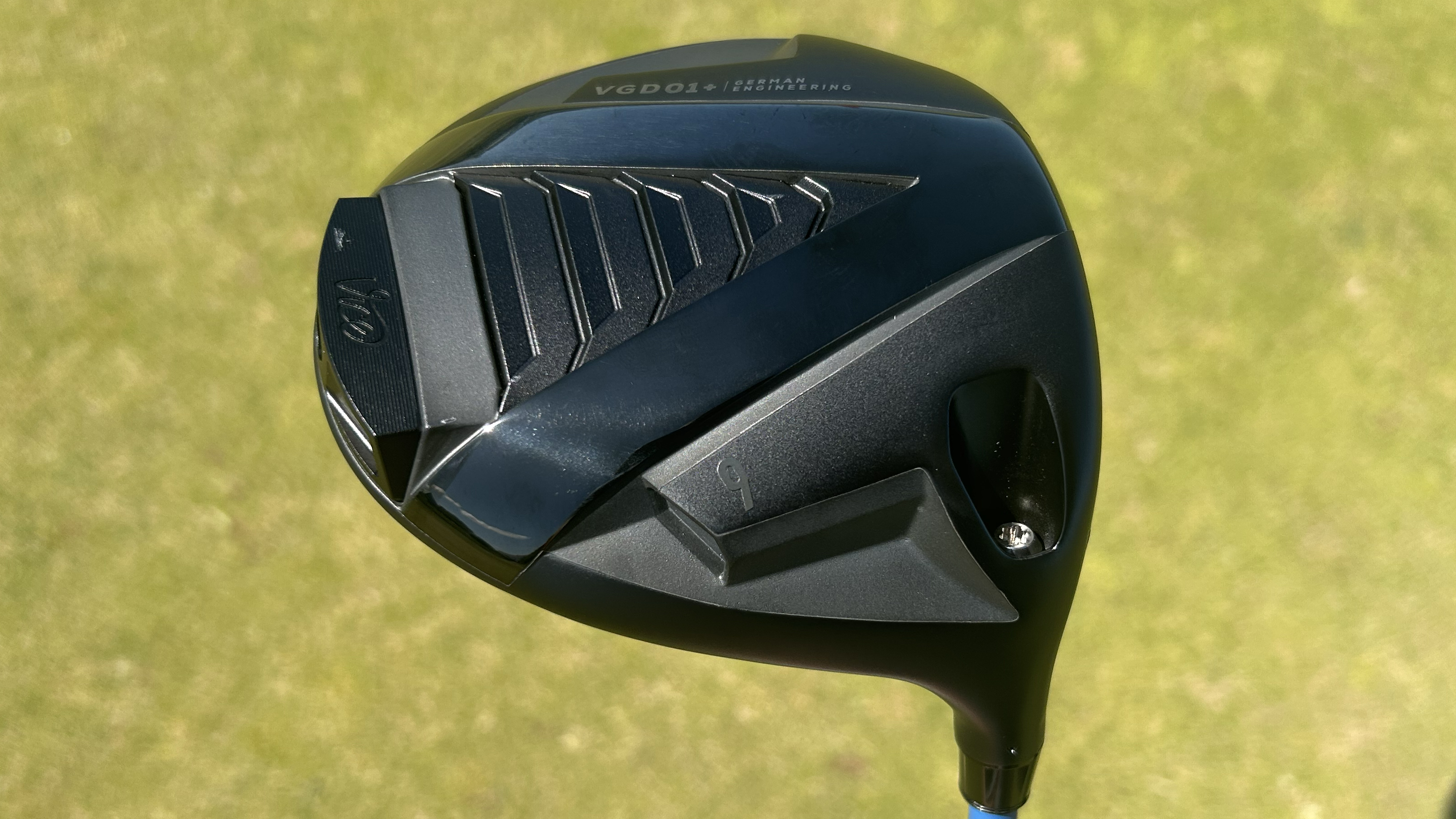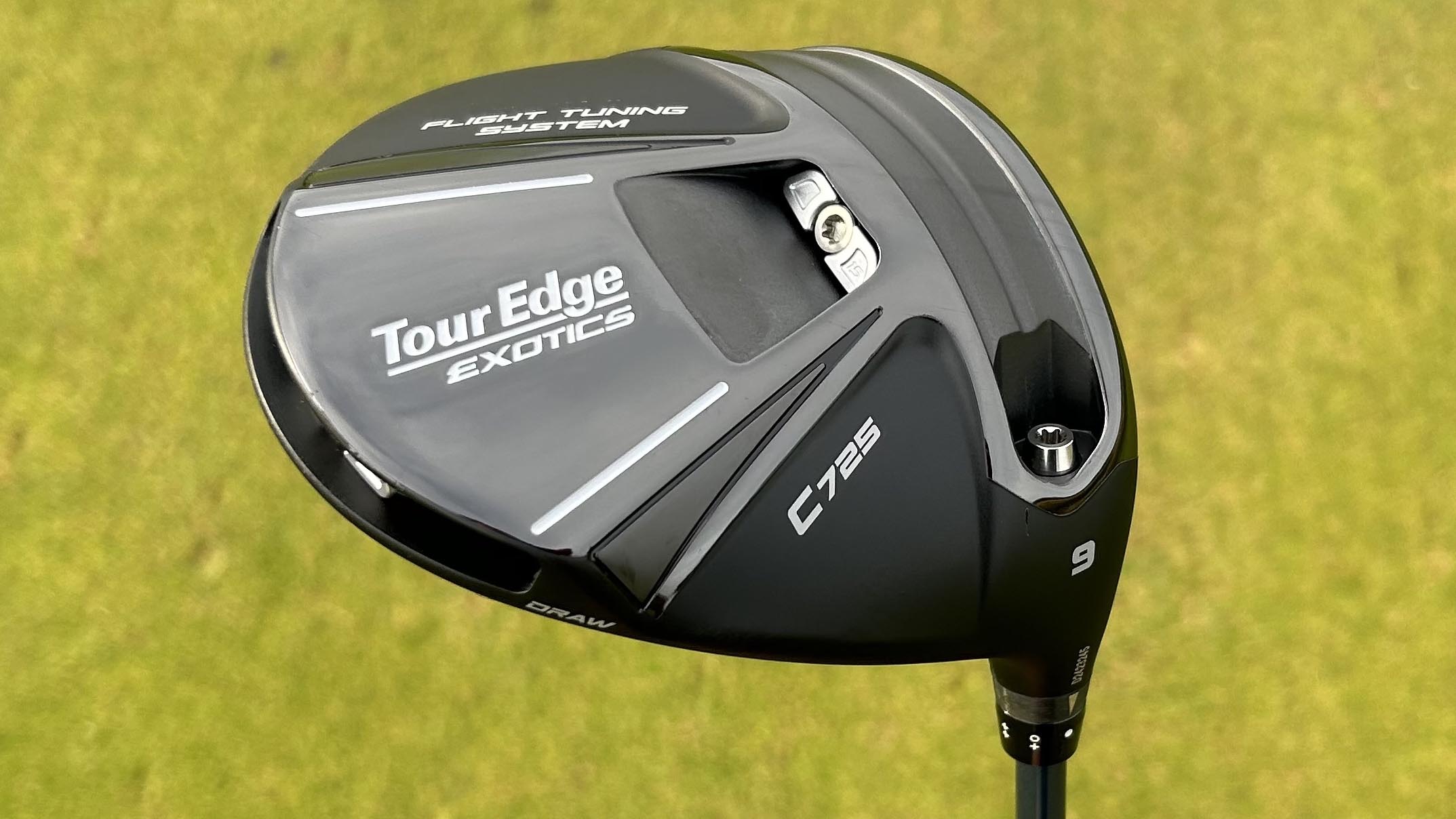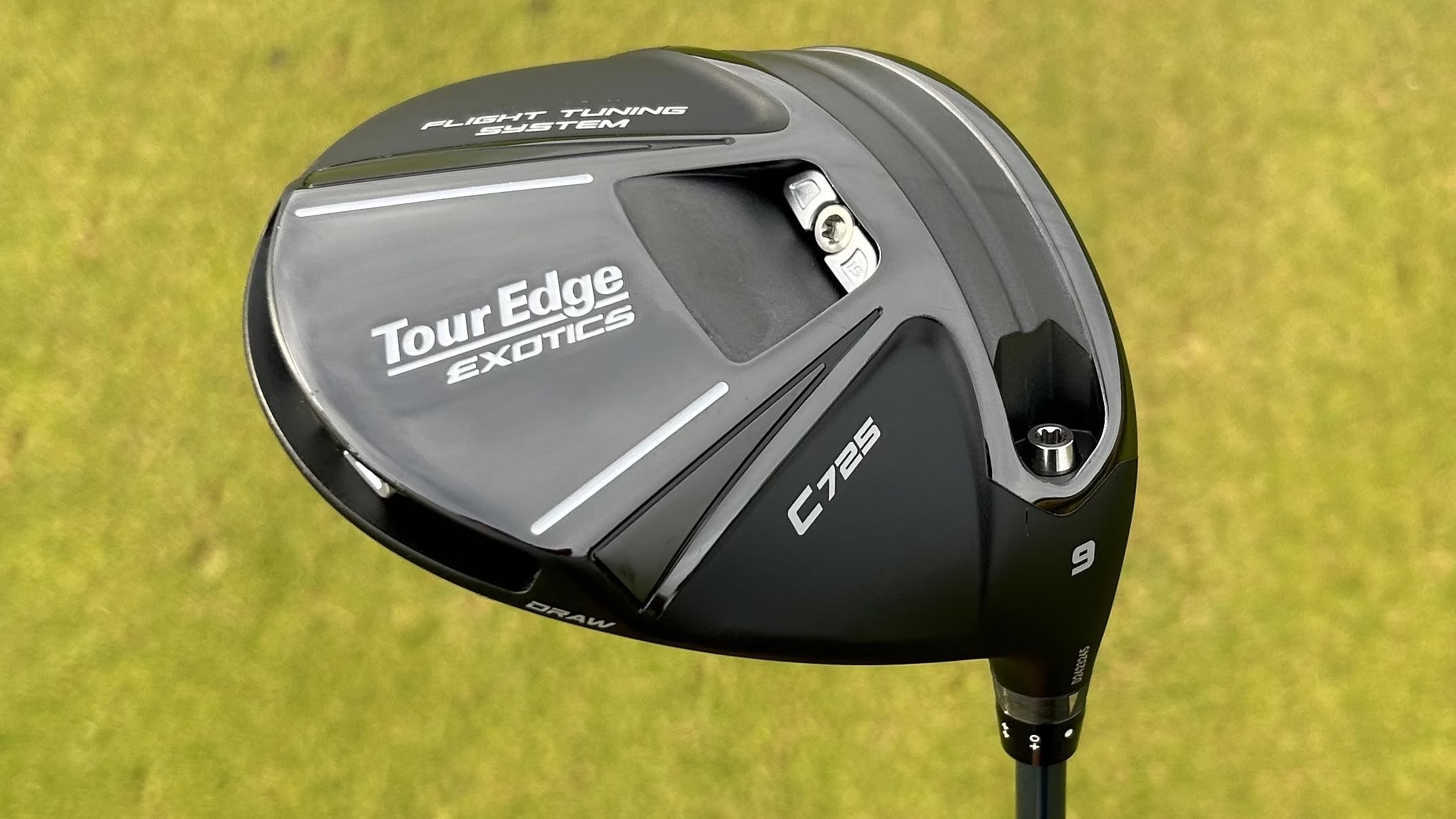Tour Edge Exotics C725 Driver
This is an excellent driver and the price makes it even more appealing. The combination of ball speed, adjustability, looks, and feel on offer here is fantastic, and when you consider it is available at $200 less than many of the major manufacturers, it is a mightily compelling proposition.
Pros
- Lively impact feel
- Strong launch monitor data
- Premium looks from every angle
Cons
- Not everyone will like the look of the thick, short hosel

The Vice Golf VGD01+ driver has a genuinely interesting aesthetic, particularly the patterned crown. The premium, deep, and satisfying impact sound and feel are truly exceptional, rivalling some of the best in the business, and higher swing speed players will appreciate its low spin profile.
Pros
- I really enjoyed the unique aesthetic
- Premium, deep, satisfying impact sound and feel
- Nicely rounded performance with strong spin numbers
Cons
- The unique look won’t appeal to all golfers
The best drivers are often the most expensive club in the bag, which makes this head-to-head especially relevant to those looking for a premium product without the associated price tag. This is because the Tour Edge C725 and Vice Golf VGD01+ are noticeably cheaper than drivers from their big gun rivals.
Fans of senior tour golf, be it the Legends or the Champions, will likely have seen Tour Edge equipment in play, while Vice has gained traction in the market with its golf balls and apparel range. But how do these drivers perform and more importantly could they be a good fit for your game? I’ve tested both clubs rigorously and here I will detail how they compare in a battle of the best budget drivers.
Technology
The C725 from Tour Edge is an interesting proposition. While the tech features are designed to create a low-spin/low launch driver they’re also aiming to deliver plenty of stability too, something that’s not always associated with the low spin driver category.
To achieve its aims, Tour Edge has equipped the C725 with its 3D Diamond Face and its 360-degree Ridgeback. According to the brand, the face has 61 diamond-shapes of variable thicknesses placed behind it, which create an interwoven pattern comprising seven different 3D thicknesses. The idea is to create faster ball speeds while also expanding the sweet spot.

(Image credit: Future)
The Ridgeback design, which uses both titanium and carbon, is said to act as a brace for the clubhead, offering more support on off-center strikes….
..
Click Here to Read the Full Original Article at Latest from Golf Monthly…
